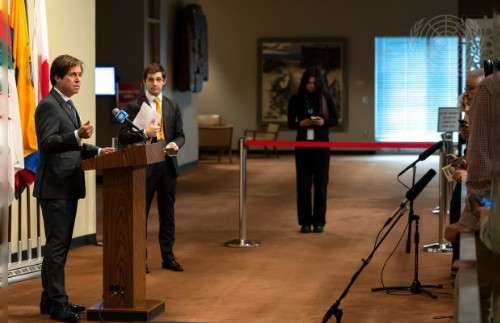
The Mawlynnong village, a little scenic hamlet in Meghalaya, was little known until Discover India magazine dubbed it “Asia’s Cleanest Village” in 2003.As a result of this, the village has become one of Meghalaya’s most popular tourist destinations.Smoking and the use of plastic bags are not permitted. Villagers make their own manure from the rubbish it collects. In addition to keeping their personal rooms tidy, people clean roads and grow trees.It’s about 90 km away from Shillong,the capital city of North Eastern state of India Meghalaya.
Since 2007, toilets have been put in every home in this community. Beautifully handmade conical waste baskets are strewn across the village, with organic and burnable trash separated.
The Jingmaham Living Root Bridge is a UNESCO World Heritage Site as well as a well-known destination. It’s roughly 3 kilometres from Mawlynnong Village and undoubtedly one of the nicest spots to go in Mawlynnong.The single-decker bridge, which is almost 300 years old, was built across a creek by joining aerial roots of rubber and betel tree trunks together.
Mawlynnong Falls is known for its rushing waterfalls and picturesque scenery.There are two bridges: one is for vehicular movement, and the other is extremely near to the waterfall. The historic bridge is very popular amongst tourists. The water runs into a nearby river that separates India and Bangladesh.
Dawki, located in the West Jaintia Hills, is about 30 kilometres from Mawlynnong village. The breathtaking Umngot river may be seen from the outskirts of town. The International Radcliffe Line, which divides India and Bangladesh, can be seen from here.
Sky Walk is a beautiful treehouse located approximately 2 kilometres from Mawlynnong Village. It’s also known as Nohwet Viewpoint, and it’s without a doubt one of Mawlynnong’s most beautiful spots.
The Mawphlang Forests in Meghalaya are one of the most sacred forests in the state, revered and feared by locals due to its strange features and supernatural occurrences over the years.The forest is said to be protected by the local deity Labasa, and no one is permitted to remove anything from the forest grounds, not even a dried leaf.According to local legend, the army attempted to remove some dead logs from this forest in 1970, but were unable to do so because the truck refused to start despite repeated attempts.
The Khasi tribals have been preserving and nurturing these sacred forests through strict religious sanctions since ancient times.
For more visit: https://www.meghalayatourism.in/destinations/mawlynnong-village/













